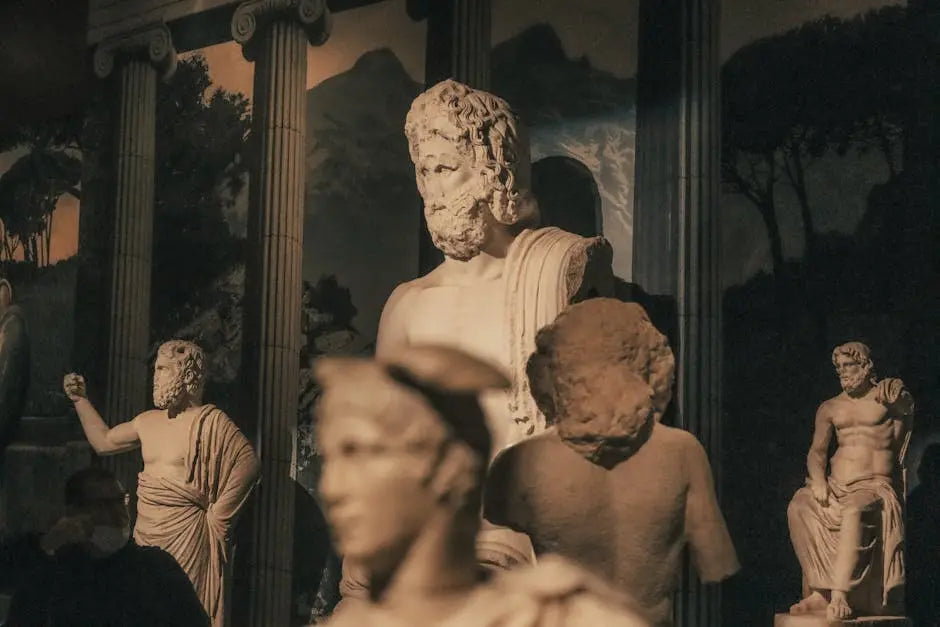My Cart
Your Cart is Currently Empty
FREE SHIPPING ON ALL ORDERS ABOVE $500


Stone sculpture has captivated human imagination for centuries, embodying a blend of creativity, skill, and durability. This FAQ blog explores what makes stone sculpture such a distinctive and enduring art form.
Stone sculptures have been a testament to human civilization, serving as milestones in the timelines of history. From the monumental Egyptian pyramids to the intricate carvings of the Parthenon, stone has been a permanent canvas for humanity to etch out tales of power, religion, and art.
Each stone sculpture tells a story—be it commemorating the lives of influential figures or portraying legendary tales. As seen in the Moai statues of Easter Island, stone sculptures often carry spiritual and cultural significance, reflecting the beliefs and identities of entire civilizations.
Stone sculpting is an art form that demands both patience and precision. Techniques like chiseling, sawing, and polishing transform raw stone into iconic works of art. The process is not only about removing material but understanding the stone’s natural contours and flaws to enhance its final form.
Utilizing specialized tools and techniques, such as the use of point chisels and claw chisels, artists can achieve a level of detail that is both breathtaking and awe-inspiring. These methods have evolved over centuries, but the core principles remain anchored in tradition.
The inherent beauty of stone lies in its diverse textures and colors, which can be both subtle and dramatic. Materials like marble and granite are favored for their vibrant hues and visual depth, allowing artists to evoke different emotions through their work.
Natural stone possesses an unparalleled richness that enhances the visual impact of sculptures. Its ability to reflect light and cast shadows adds to its aesthetic charm, creating dynamic art pieces that captivate viewers from multiple angles. This enduring visual appeal is why many choose to explore stone sculpture as an expressive art form.
Sculptures often serve as symbols within a culture, embodying values, traditions, and beliefs. For instance, Buddhist stone carvings are integral to temples across Asia, carrying profound spiritual meanings and embodying teachings that transcend time.
Across different cultures, stone sculptures have been used to honor the divine, narrate myths, and celebrate victories. Their symbolic significance often elevates them from mere art to revered artifacts, embedding them into the collective memory and heritage of a people.
Working with stone presents unique challenges, from selecting the right type of stone to mastering the techniques required to shape it. Each piece of stone offers resistance, testing an artist’s skill and determination, yet the reward is a masterpiece that can endure for generations.
Despite its challenges, the satisfaction of creating something as timeless and tangible as a stone sculpture is unparalleled. Artists often describe a deep sense of fulfillment at overcoming the intricacies of the medium, producing art that connects them to a long lineage of creators throughout history.
Stone sculpture stands out as a unique art form due to its rich history, diverse methods, and the timeless allure it carries. Whether admired for its beauty or the skill required to craft it, stone sculpture continues to inspire and awe audiences worldwide.